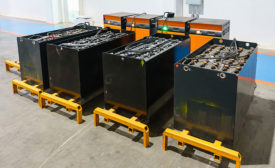Workplace Safety Culture
Training
IEEE 1584: What to know about your next arc flash analysis
Complex calculations
April 1, 2020
Closing Time
Does punishment work? Absolutely, but probably not
Putting up a fight
April 1, 2020
Strengthen safety by emphasizing equipment reliability
Keep the Gears Moving
April 1, 2020
Heat illness more dangerous, easier to prevent than you think
Hot jobs, high risk
March 31, 2020
Digital Edition Exclusive
Call it proactive incident prevention
See a hazard, say something
March 2, 2020
Become a Leader in Safety Culture
Build your knowledge with ISHN, covering key safety, health and industrial hygiene news, products, and trends.
JOIN TODAYCopyright ©2025. All Rights Reserved BNP Media.
Design, CMS, Hosting & Web Development :: ePublishing












